Quick Bits: Ayacucho is a city of spirit and survival. Nestled in the Peruvian Andes, it blends history, resilience, and artistry. The city reflects a deep Quechua heritage and...
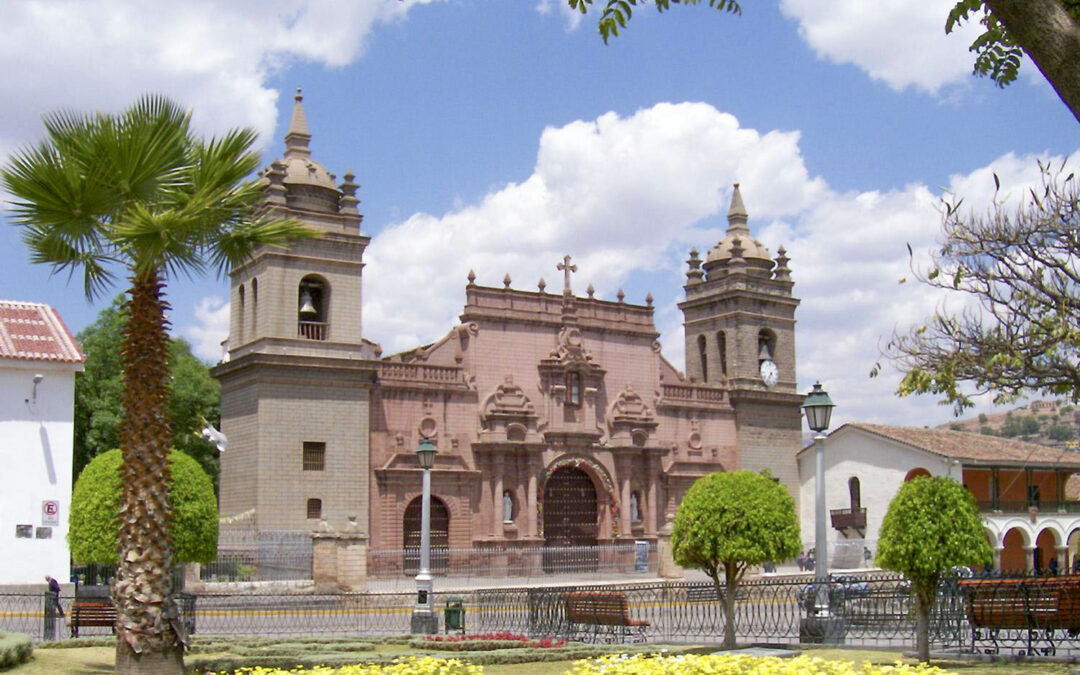

Quick Bits: Ayacucho is a city of spirit and survival. Nestled in the Peruvian Andes, it blends history, resilience, and artistry. The city reflects a deep Quechua heritage and...
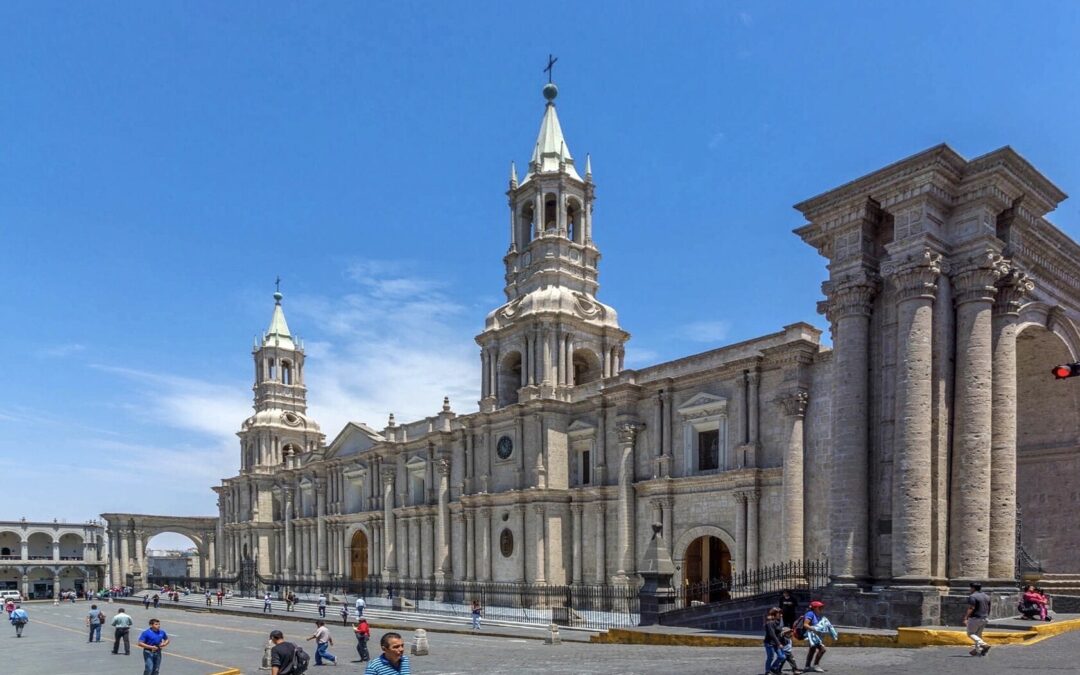
Quick Bits: Arequipa is a captivating city in southern Peru. Framed by towering volcanoes and rich with history, it carries the nickname “La Ciudad Blanca” or the White City....
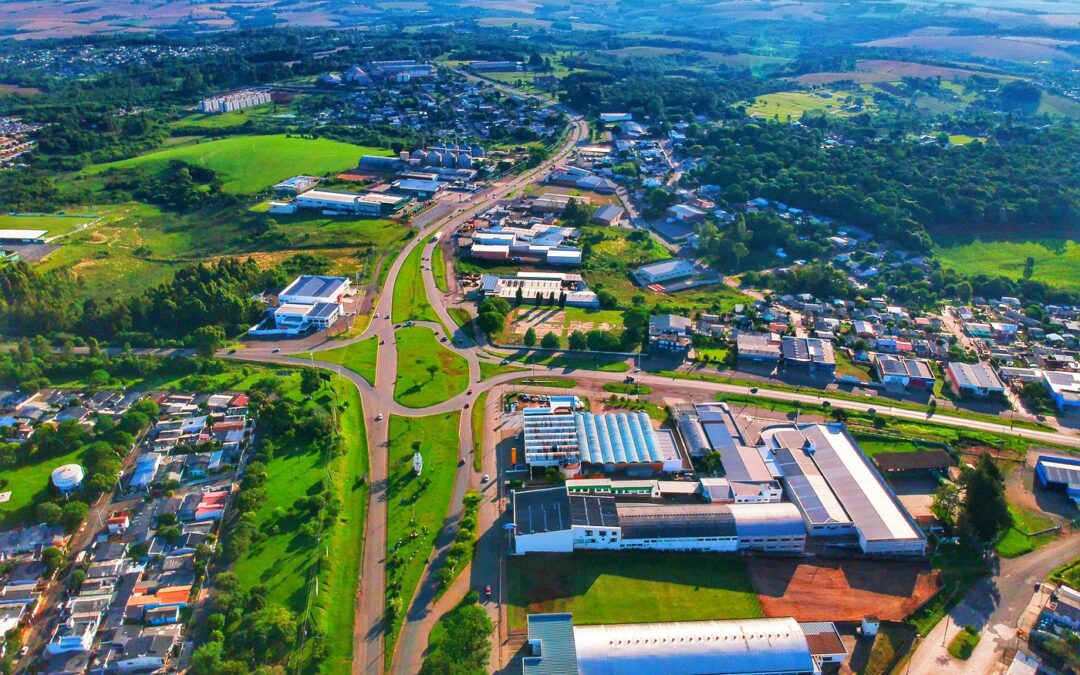
Quick Bits: Passo Fundo is a lively city located in Brazil’s southern region. It serves as a cultural, medical, and educational center in the state of Rio Grande do Sul. Often...
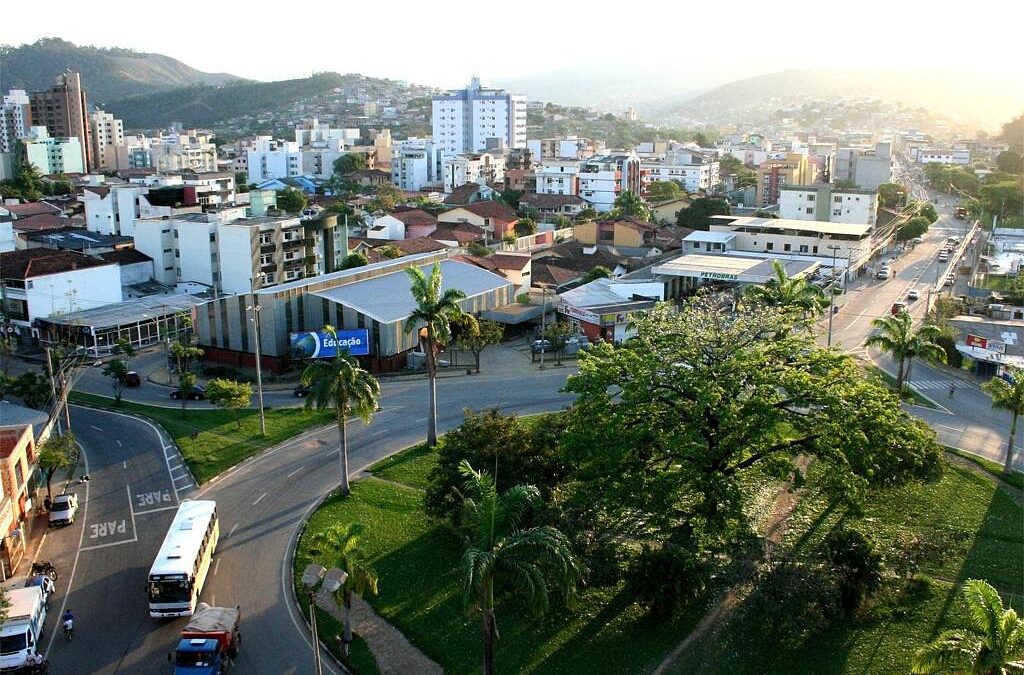
Quick Bits: Ipatinga, nestled in the heart of Minas Gerais, Brazil, offers a unique blend of urban development and rich green landscapes. Known as part of the Steel Valley, it’s...

Quick Bits: Lorem ipsum odor amet, consectetuer adipiscing elit. Pretium purus metus turpis litora curabitur mus. Magnis netus pharetra etiam suspendisse diam habitant tempor....
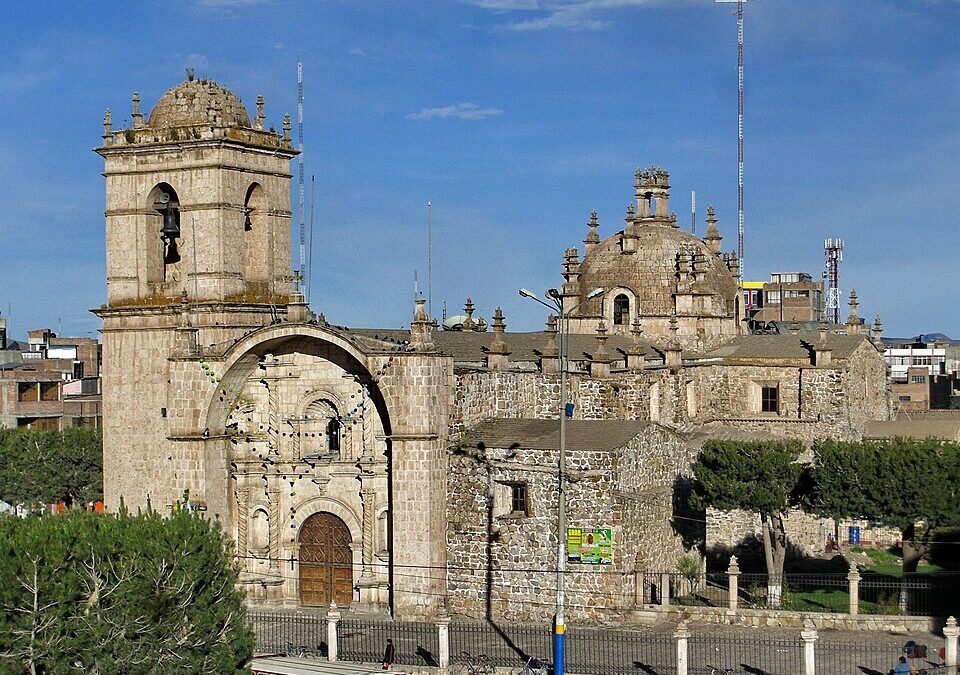
Quick Bits: Juliaca lies in the heart of the Peruvian Altiplano. This highland city pulses with trade, noise, and resilience. Streets buzz with mototaxis and vendors selling...
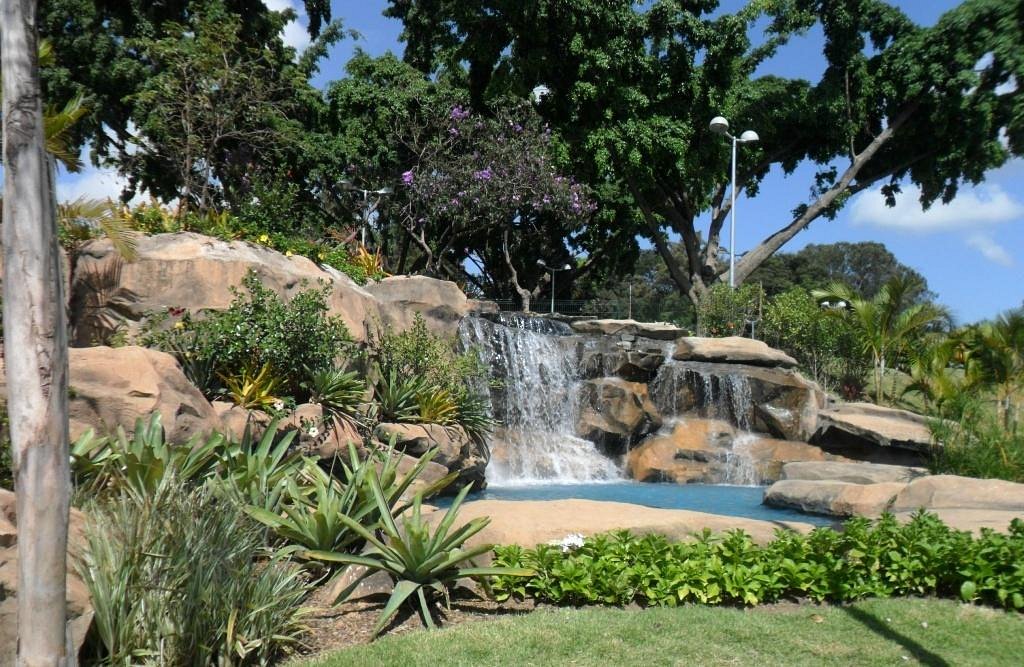
Quick Bits: Contagem is a dynamic city nestled within the state of Minas Gerais. It operates as a major part of the Belo Horizonte metropolitan region. It flourishes with local...
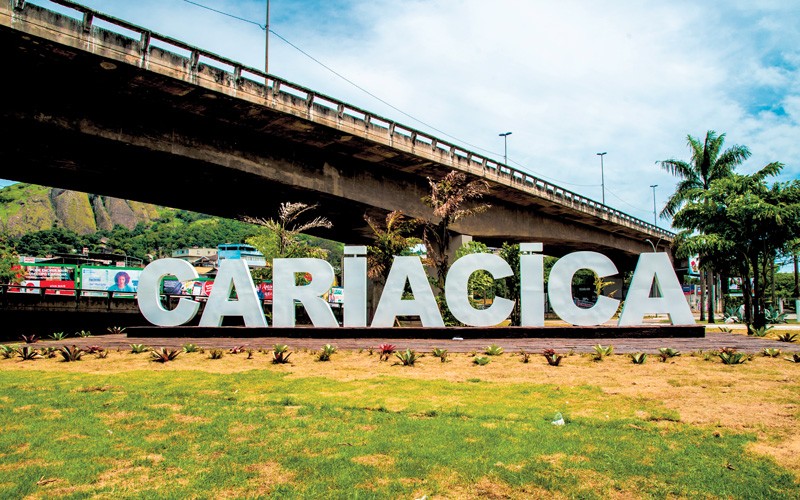
Quick Bits: Cariacica is a vibrant city nestled in the heart of the Brazilian state of Espírito Santo. Often overshadowed by its coastal neighbors, this inland city holds a charm...
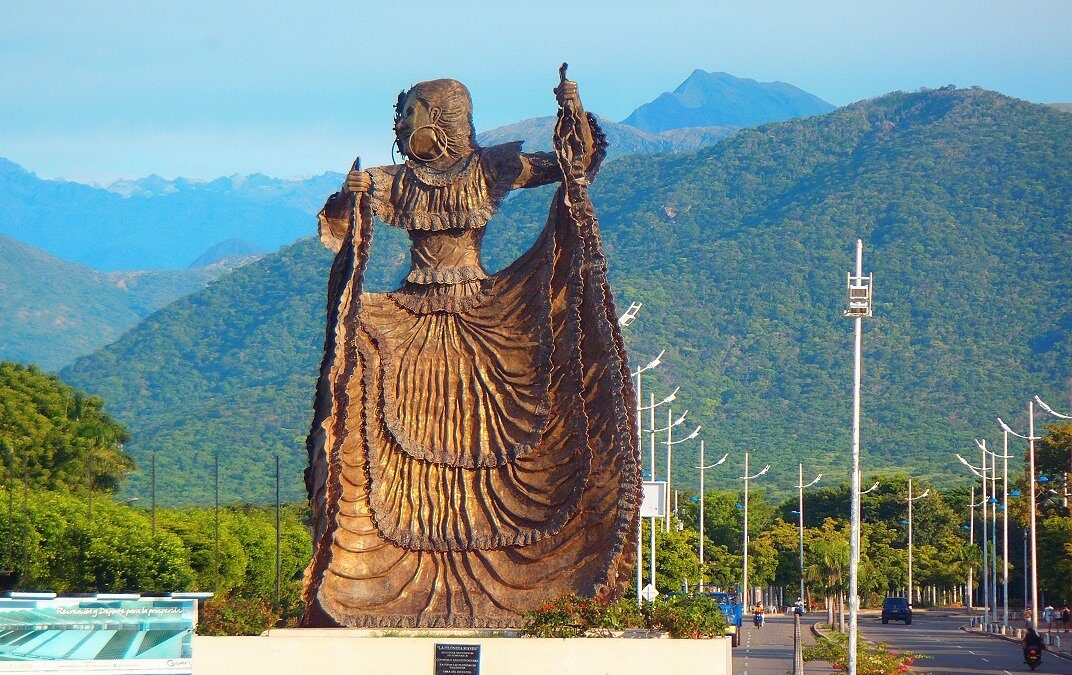
Quick Bits: Valledupar is a vibrant city in northern Colombia, known as the birthplace of Vallenato music. Surrounded by lush mountains, rivers, and a rich cultural history, it...
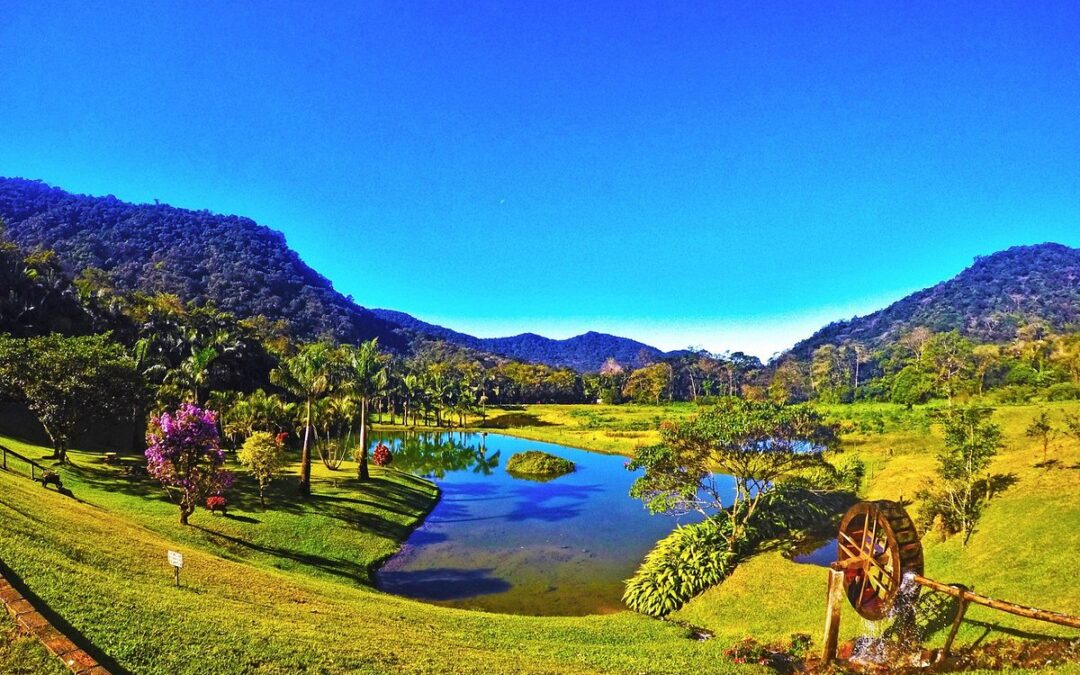
Quick Bits: Joinville stands as the largest city in Santa Catarina, Brazil. Known for its strong German, Swiss, and Norwegian influences, it blends European charm with tropical...
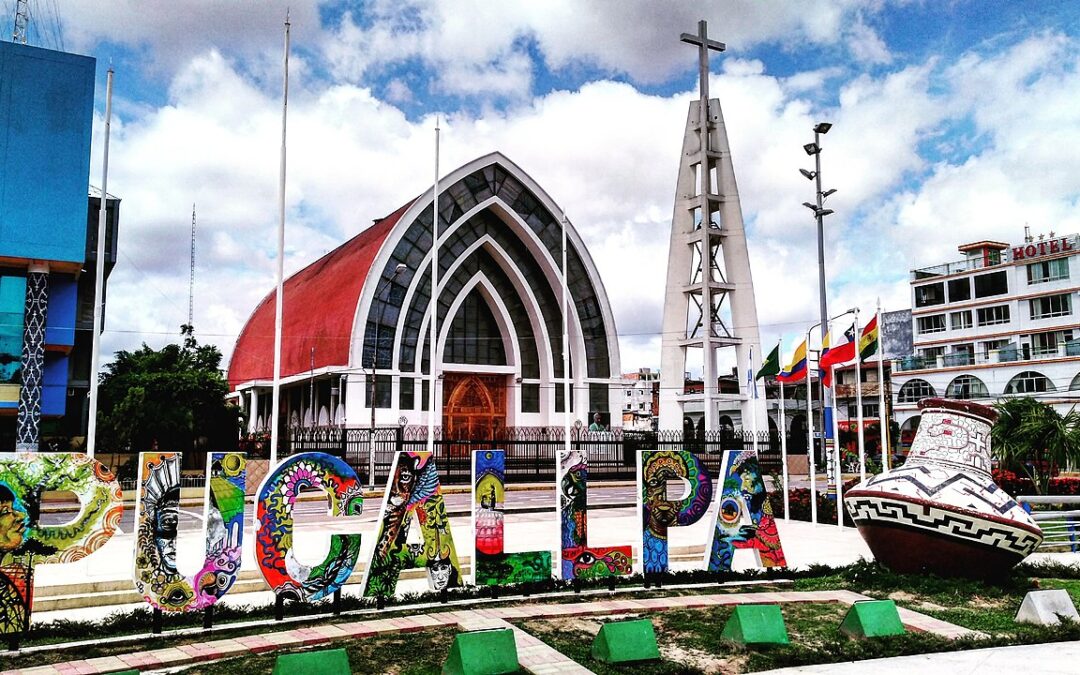
Quick Bits: Pucallpa, the bustling capital of the Ucayali region in Peru, is a vibrant city that serves as a gateway to the Amazon rainforest. Known for its lush landscapes,...
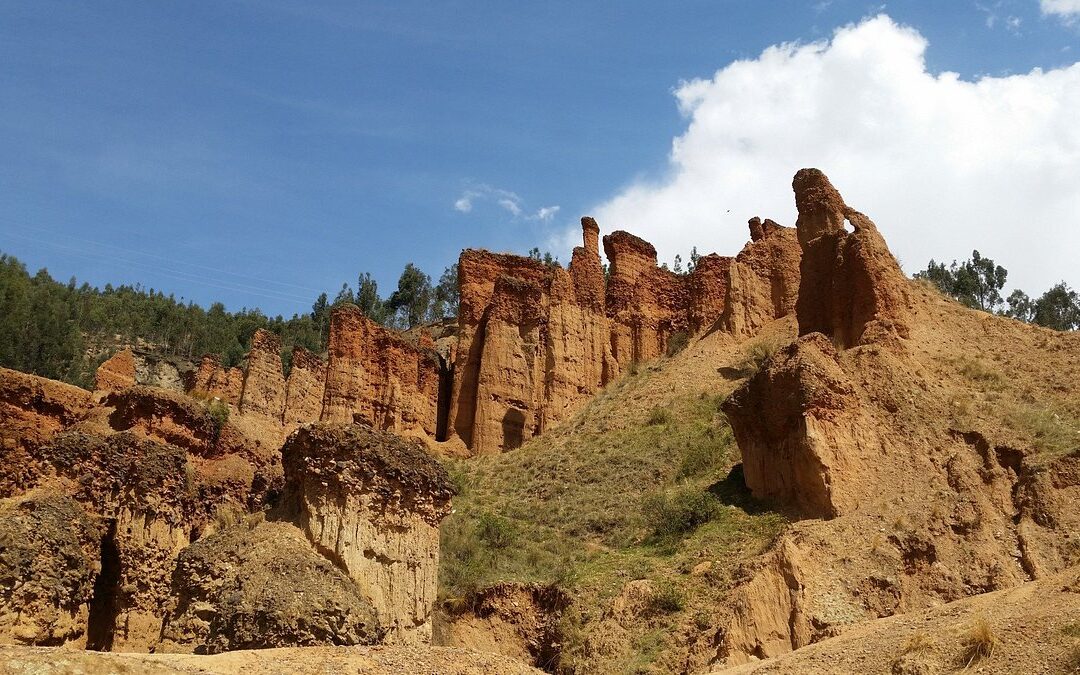
Quick Bits: Huancayo is a vibrant city nestled in the Andes Mountains of central Peru. Known for its rich cultural heritage, bustling markets, and stunning landscapes, it offers...
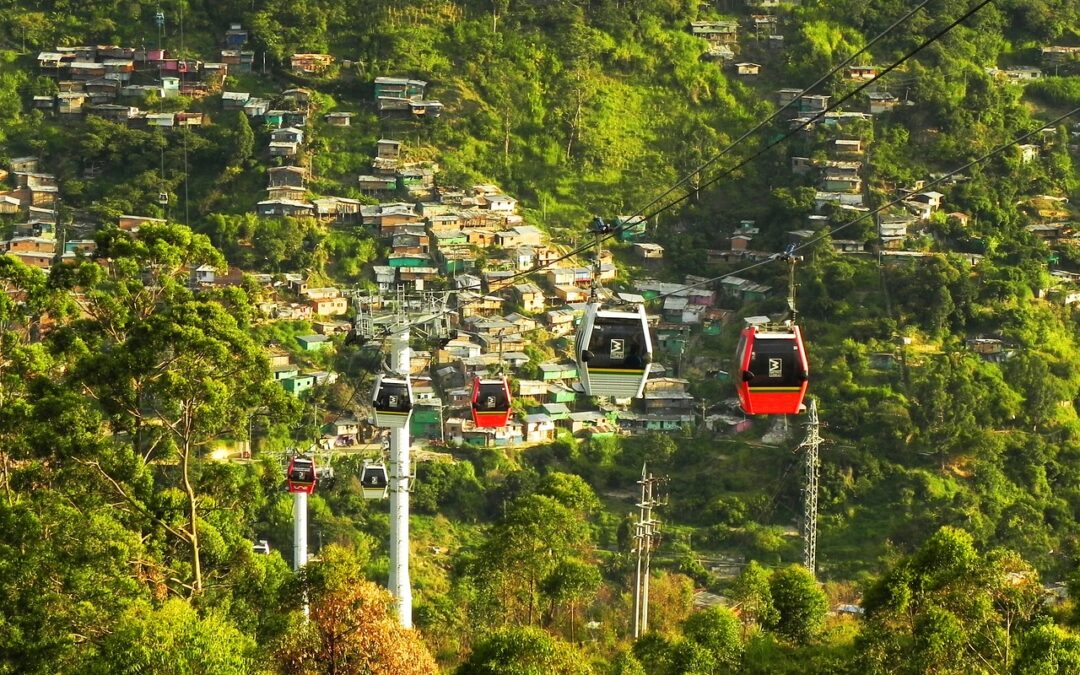
Quick Bits: Medellin is a city that embodies transformation and vibrancy. Once synonymous with a troubled past, Medellin has risen to become one of South America’s most...
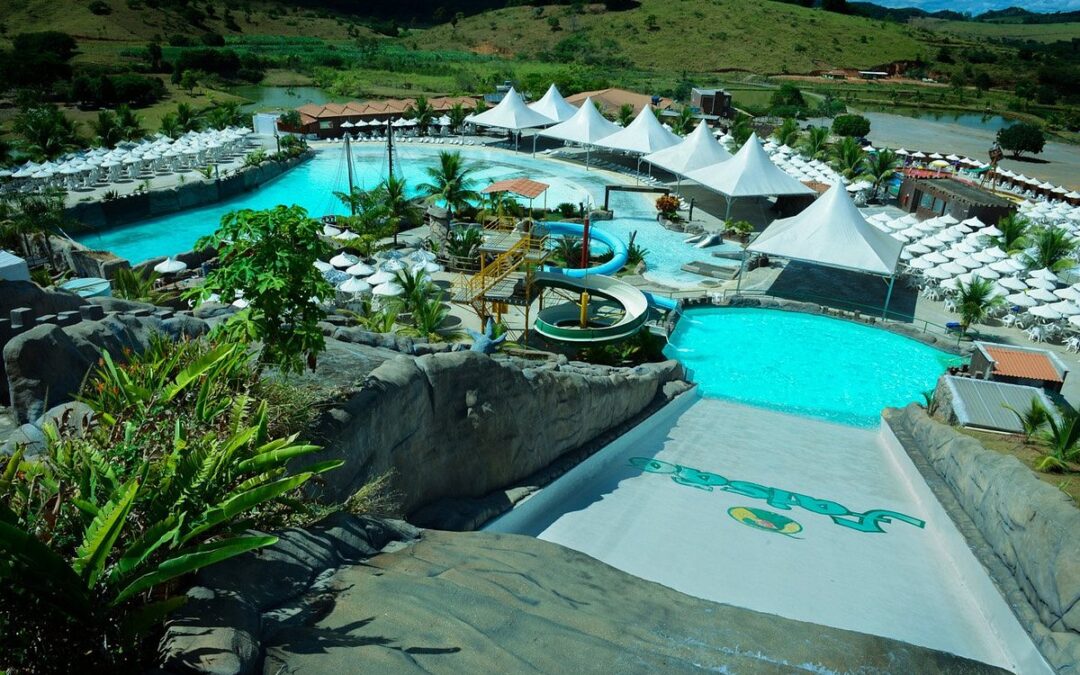
Quick Bits: Caratinga is a small yet vibrant city in the state of Minas Gerais, Brazil. Known for its rich history and natural beauty, it offers a blend of cultural experiences...
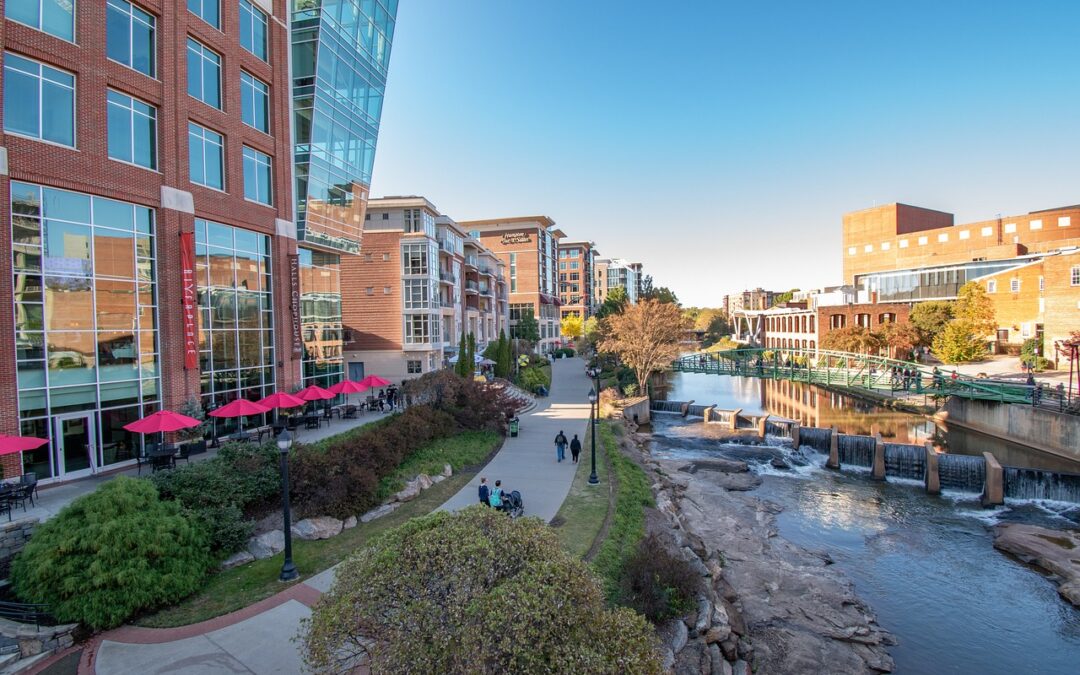
Quick Bits: Greenville, nestled in the heart of South Carolina, offers a unique blend of natural beauty, cultural richness, and vibrant city life. Known for its thriving arts...
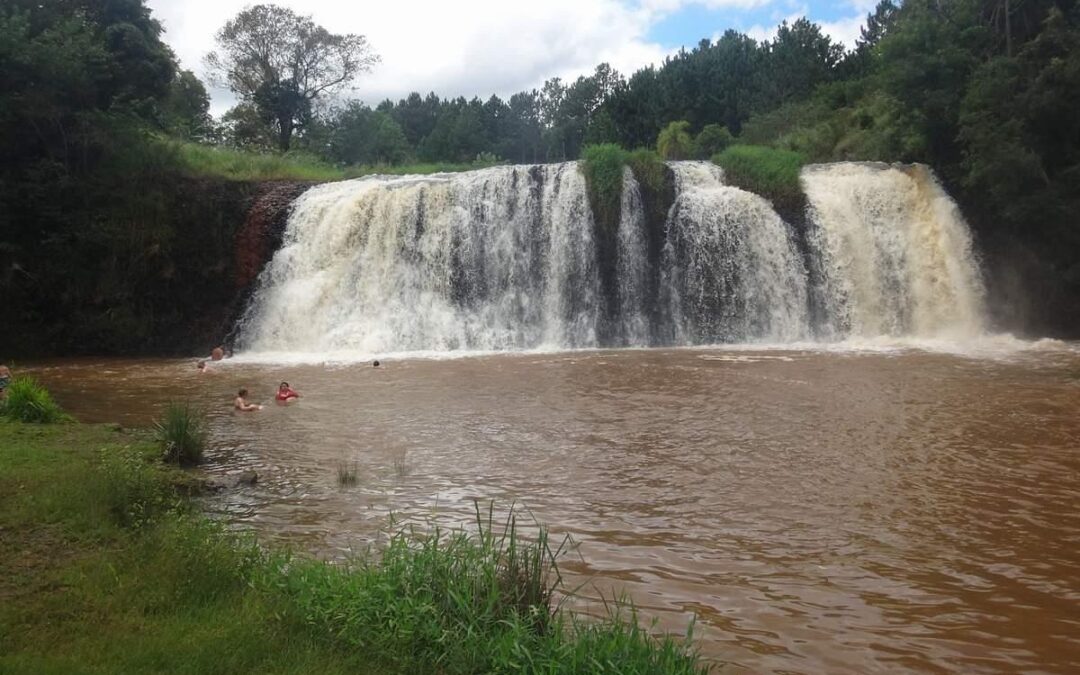
Quick Bits: Botucatu, nestled in the heart of São Paulo State, Brazil, is a treasure trove of natural and cultural wonders. Known as the "City of Good Air," it boasts pristine...
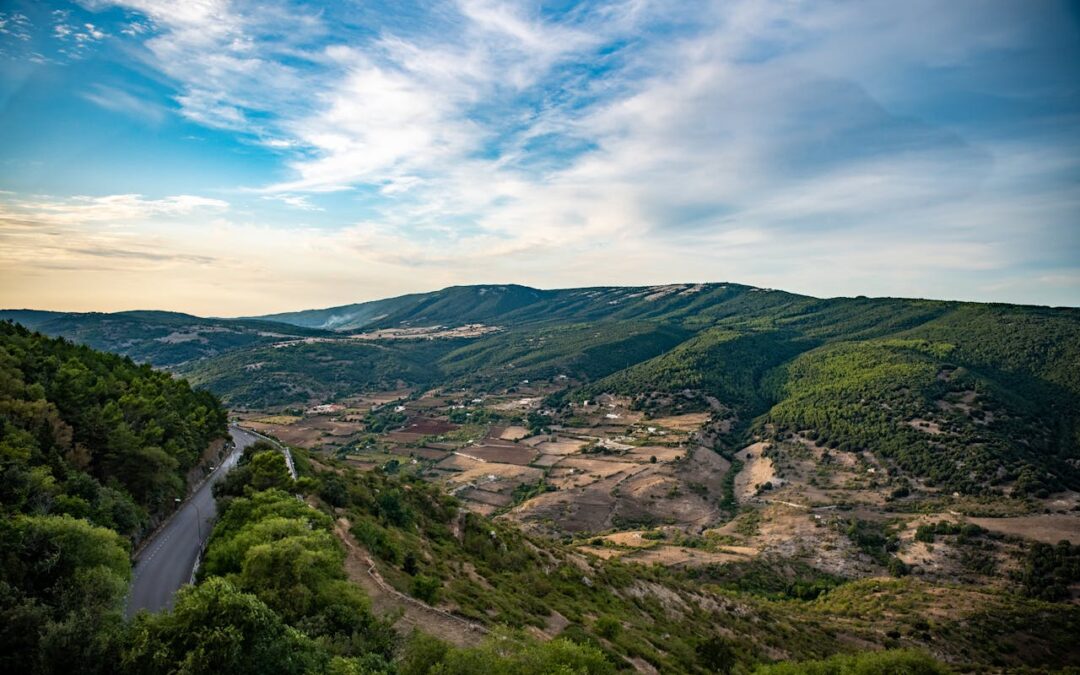
Quick Bits: Santa Rita is a hidden gem that combines natural beauty, rich culture, and inviting landscapes. From scenic mountains to lush valleys, Santa Rita offers an experience...
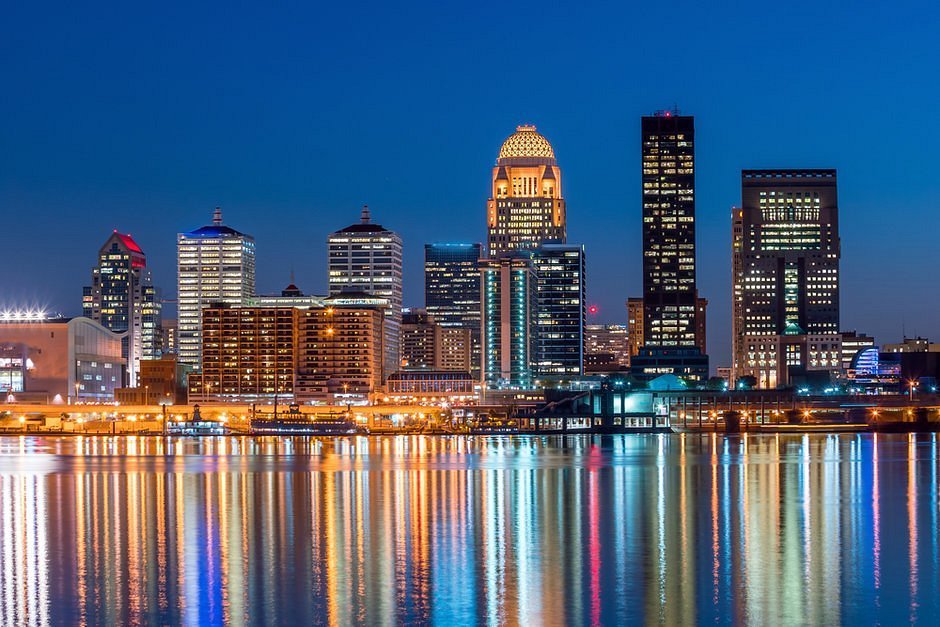
Quick Bits: Louisville is a vibrant city in Kentucky, known for its rich culture, historical significance, and unique experiences. Whether you’re drawn by the Kentucky Derby,...
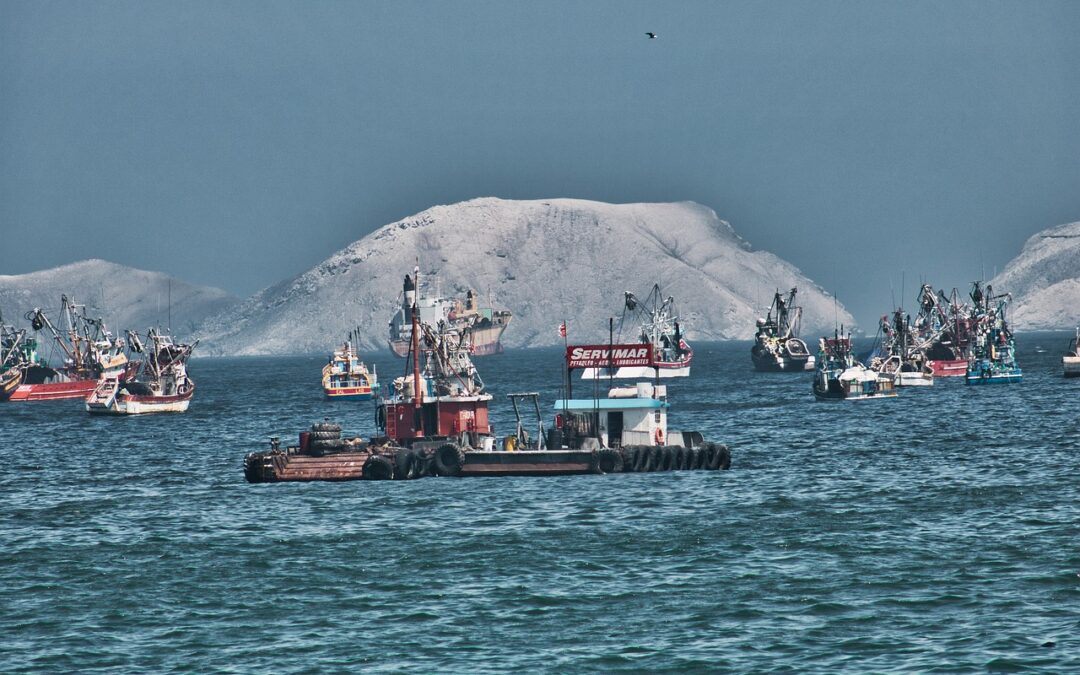
Quick Bits: Chimbote is a bustling port city in northern Peru, often overlooked yet rich in culture, history, and natural beauty. Located along the Pacific coastline, it offers a...
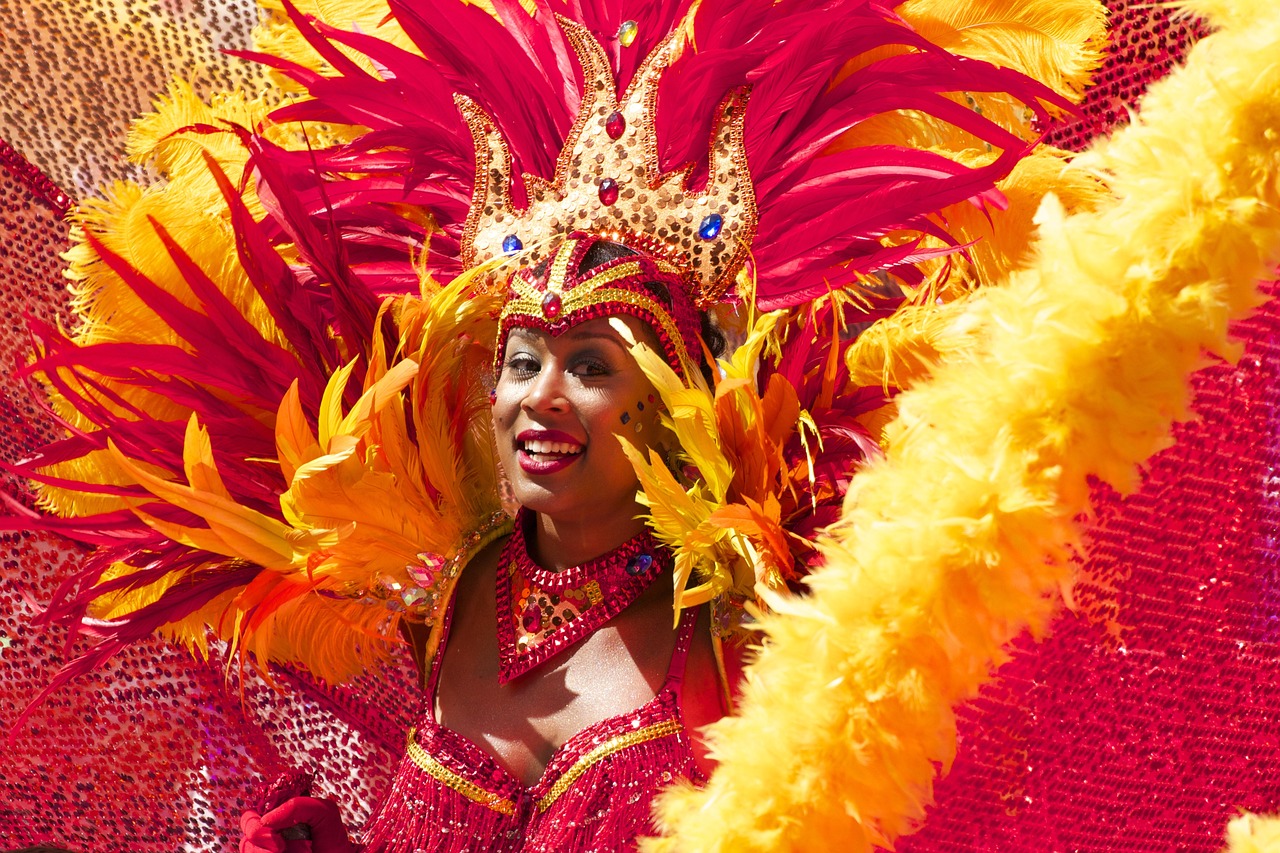
Trinidad, a jewel of the Caribbean, is known for its vibrant culture, natural beauty, and history. A visit here reveals more than beaches. The island stands as a cultural hub,...